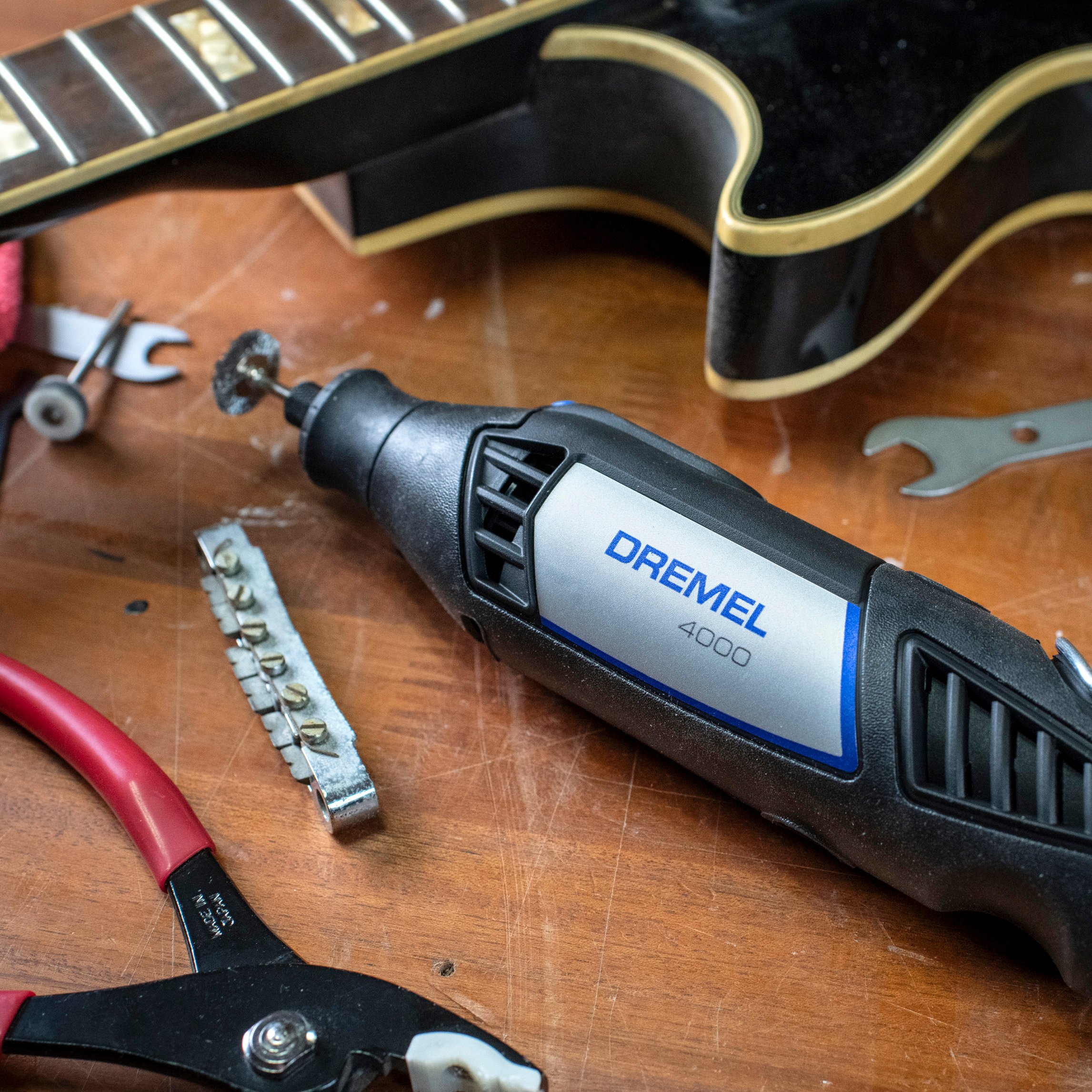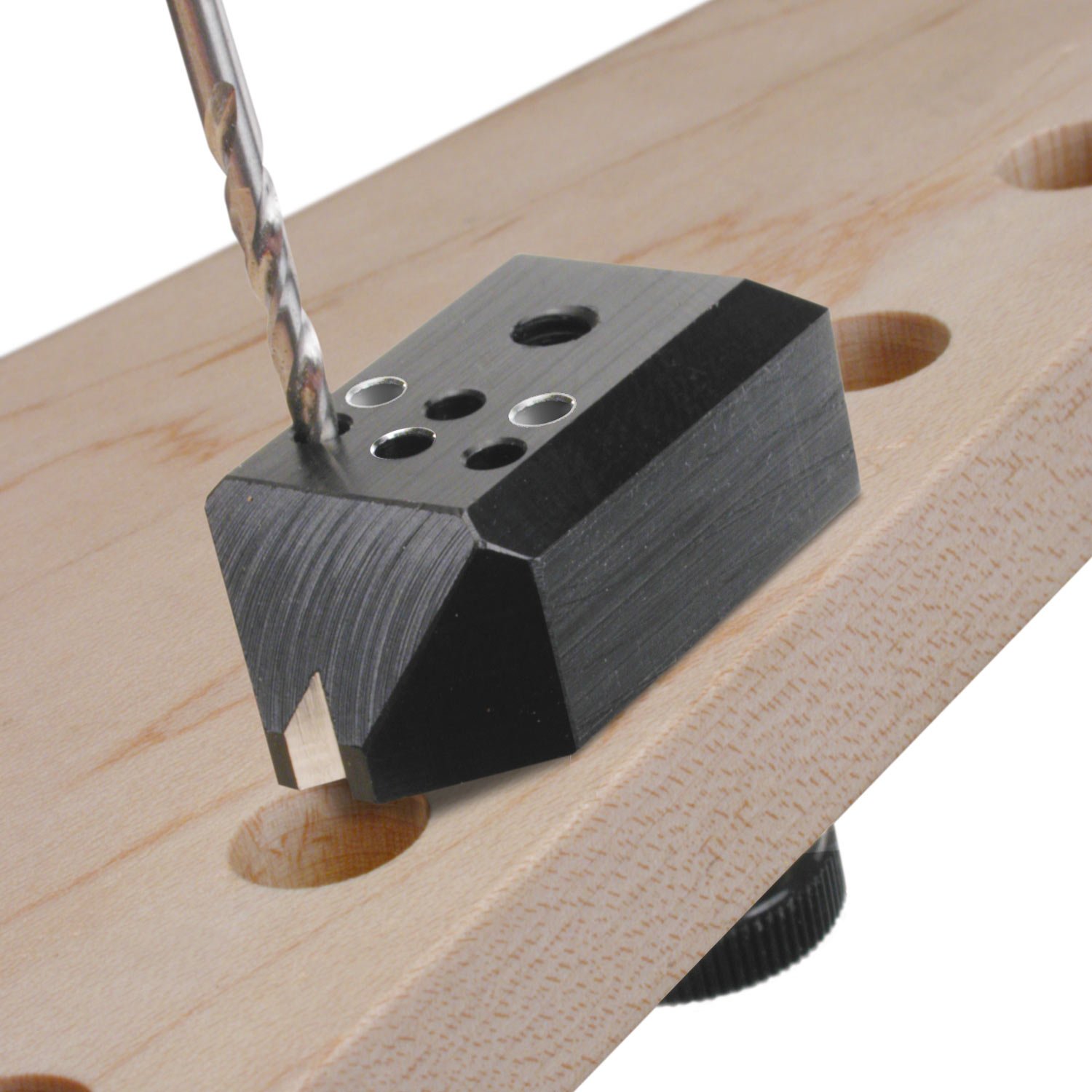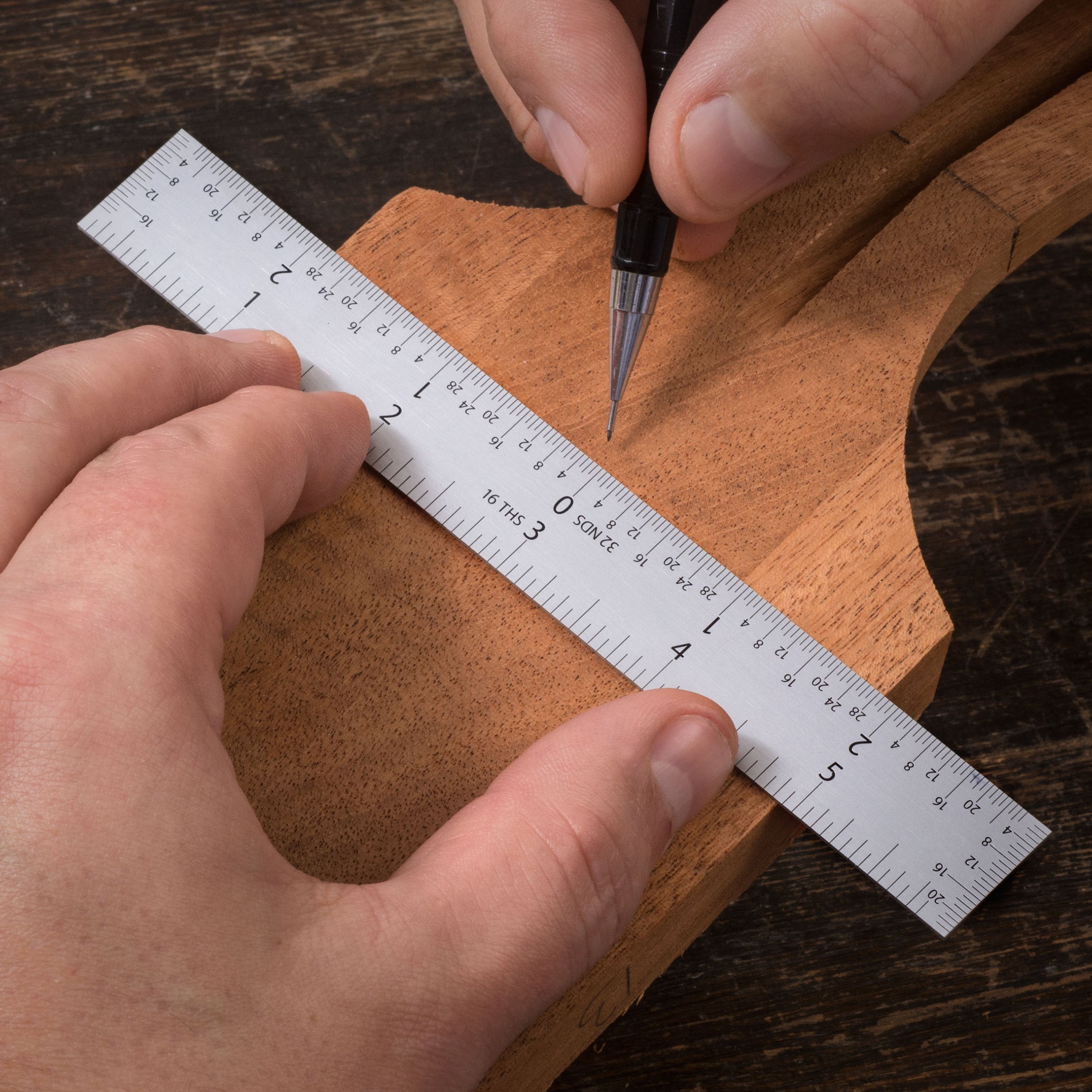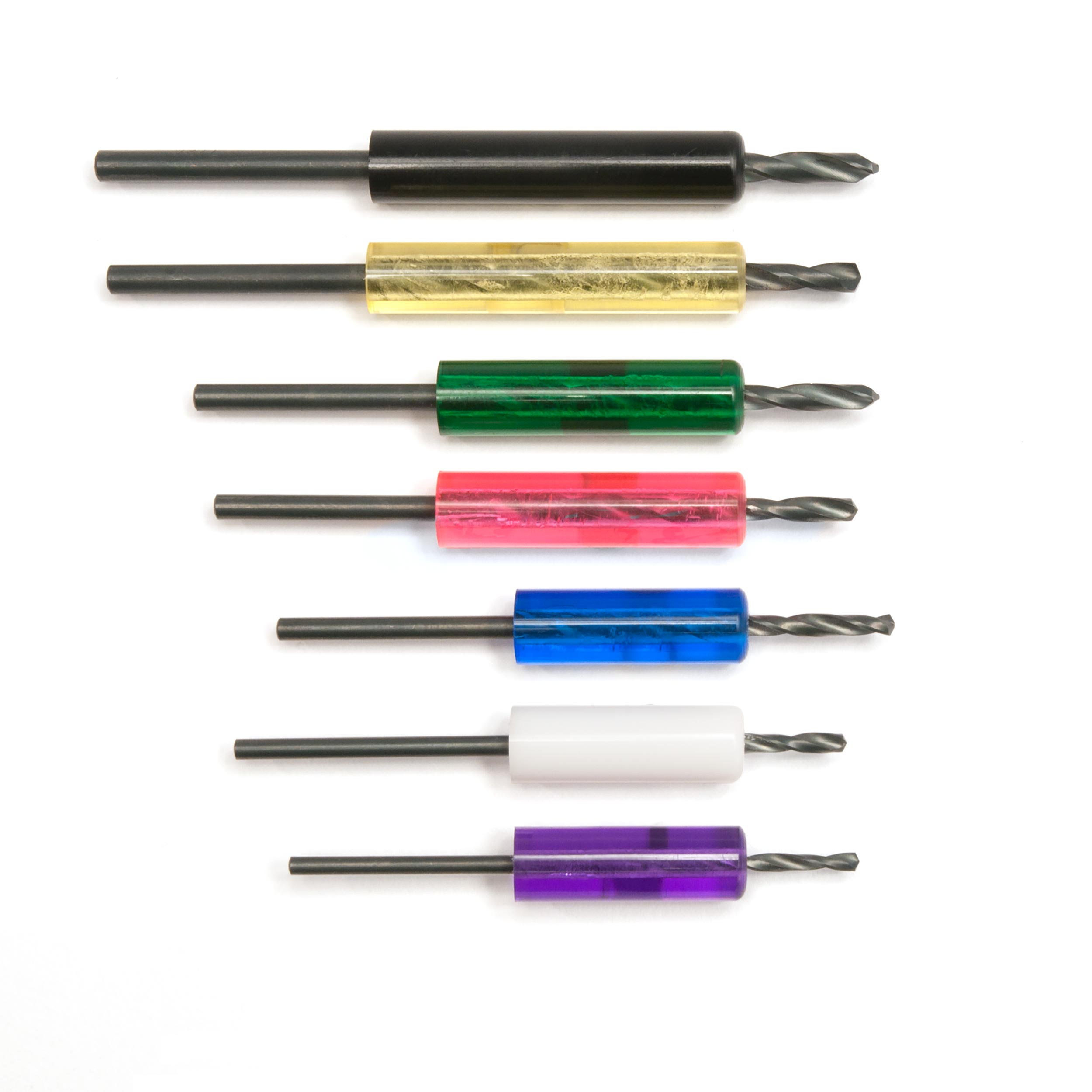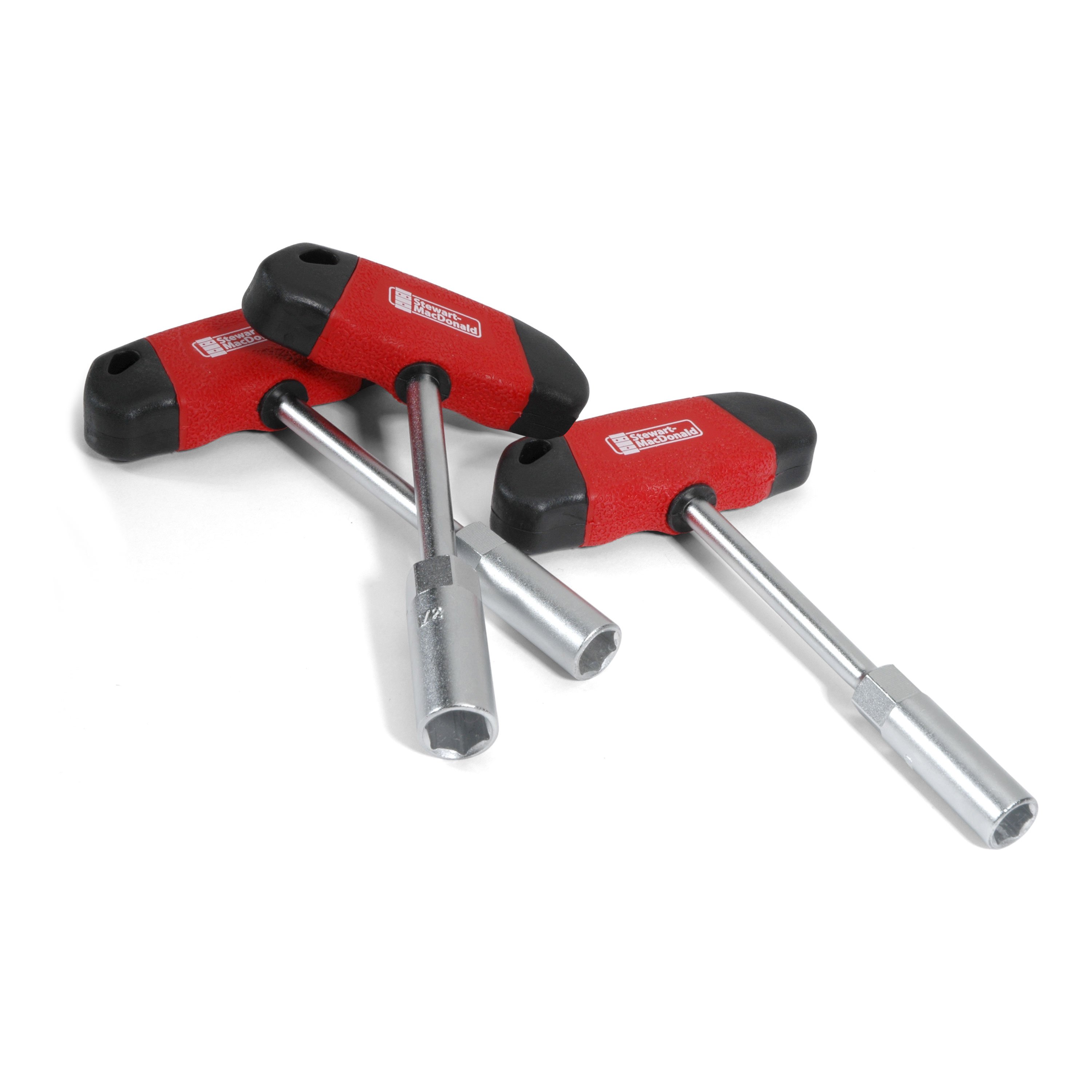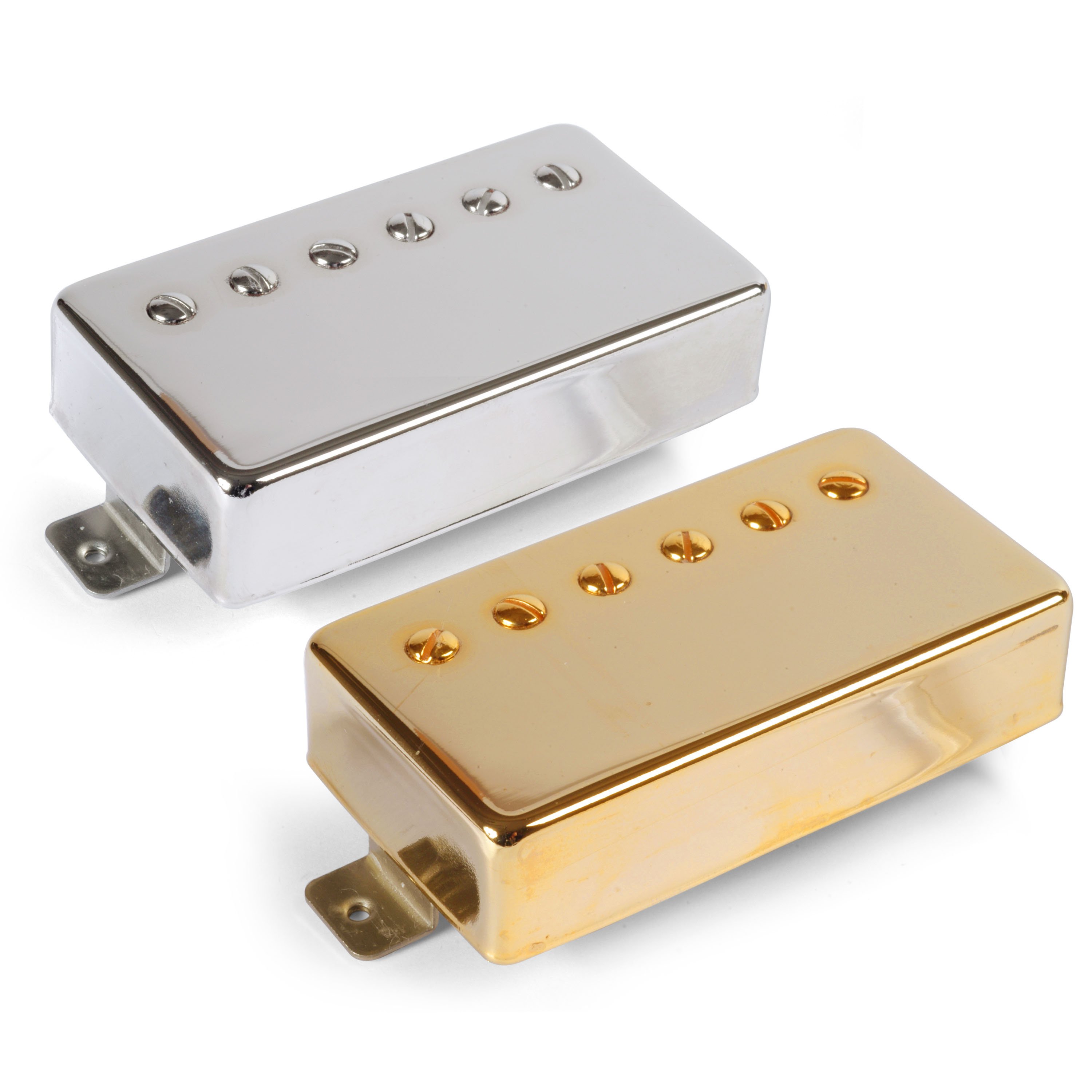How to install six-in-line tuners
Issue 241 April 23, 2015
Six tuners lined up perfectly straight, and no chips in the finish.
The last step in building this beautiful electric guitar is installing the tuners.
Brazilian luthier Rod Gomes visited Dan Erlewine's shop to show how he does it.
About the guitar in this video: Rod Gomes built this custom electric at his shop in Brazil. The body and neck are made from native Brazilian woods, and the top is Libyan cedar with a white plastic binding. Rodrigo chose our Parsons Street Humbuckers to give this new guitar a vintage sound.
- Clearing poly finish out of the string post holes
- Making sure the six-in-line tuners really are in line!
- Rod's beautiful custom build using Brazilian woods
- Check out the handsome stick-on headstock logo
Video Transcription
[on-screen text reads: Stewart-MacDonald Trade Secrets! Mounting Six-In-Line Tuners]]
Dan Erlewine: I have a friend visiting this week from Sao Paulo, Brazil, Rodrigo Gomes. He's a luthier over there. He brought this guitar that he just finished with him. It's made from Brazilian mahogany, Brazilian Imbuia, which is like a brown maple, beautiful wood, and Libyan Cedar top. He was buffing it out just before he got on the plane and never got a chance to put the tuners on it.
Clearing poly finish out of the string post holes
He's going to do that in my shop today. But first he's got to clear all that polyurethane from the holes. The holes are the right size, but the thick finish rolls over the edges and the parts won't fit. He's a little nervous about reaming it and chipping the finish. He does it with the Dremel tool [on-page text reads: Dremel Rotary Tool]. It's pretty cool. Rod's using the Dremel tool and a small grindstone to ream each of the tuner holes. He does each hole carefully and just needs to stand away a little bit of the finish.
Drilling pin holes in the back of the peghead
When all six are finished, the tuners fit great. Now, he uses the Tuner Pin Drill Jig to drill pin holes in the back of the peghead. There are pins on the underside of the tuners to keep them aligned. The pinholes have to be perfectly lined up, or your tuners will be crooked. The tuner pin drill jig is really handy for this because you know you'll get an accurate pinhole every time. He makes sure he has the drill jig centered by measuring at the front and back before tightening it down. The jig keeps the drill bit perpendicular to the peghead. Just make sure you use the depth stop on your bit so that you don't drill too far [on-screen text reads: StewMac Depth Stop Drill Bit]. Once the tuners are installed [on-screen text reads: StewMac Guitar Nutdriver], Rod quickly files the nut and strings it up.
This guitar is really nice. It's got this subtle sunburst, that's sort of greenish blue and a double look binding because the cedar shows through with the ABS white. I love the color of the hardware. He's put a lot of work into this and it really shows.
The final touch is a decal added on the back of the peghead. The decal is a 4 thousandths thick transfer made from nickel. It's called nickel stick, and it goes on just like double-sided tape and the plastic peals away leaving this thin film. The decal on the face of the peghead is the same material covered under polyurethane. You can't even feel it. It's got one of our Parson Street's humbuckers in the back that he's never heard before [on-screen text reads: Parsons Street Humbucker]. So let's give it a go [Rod plays the guitar]. Like it?
Rod Gomes: I like it.

